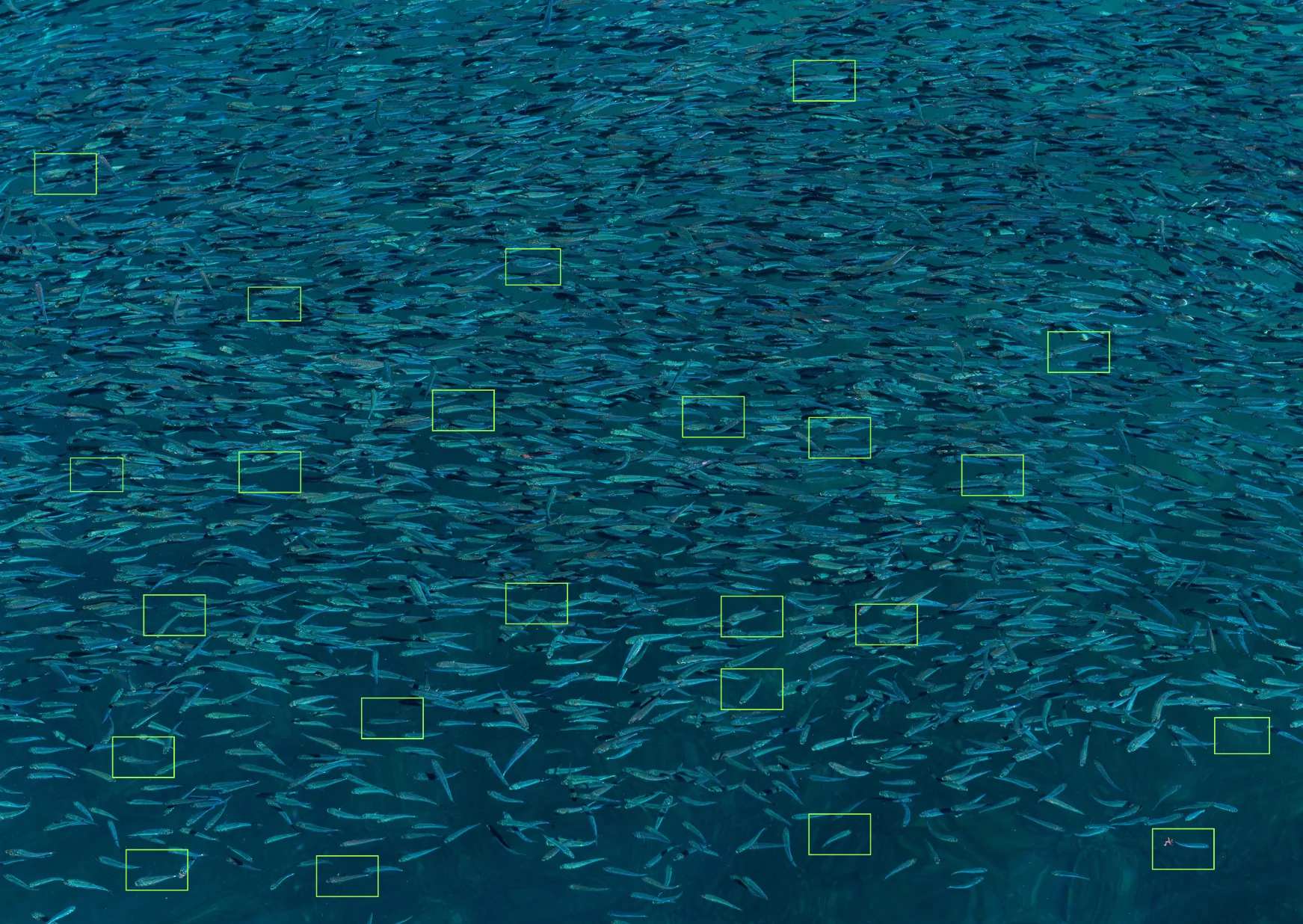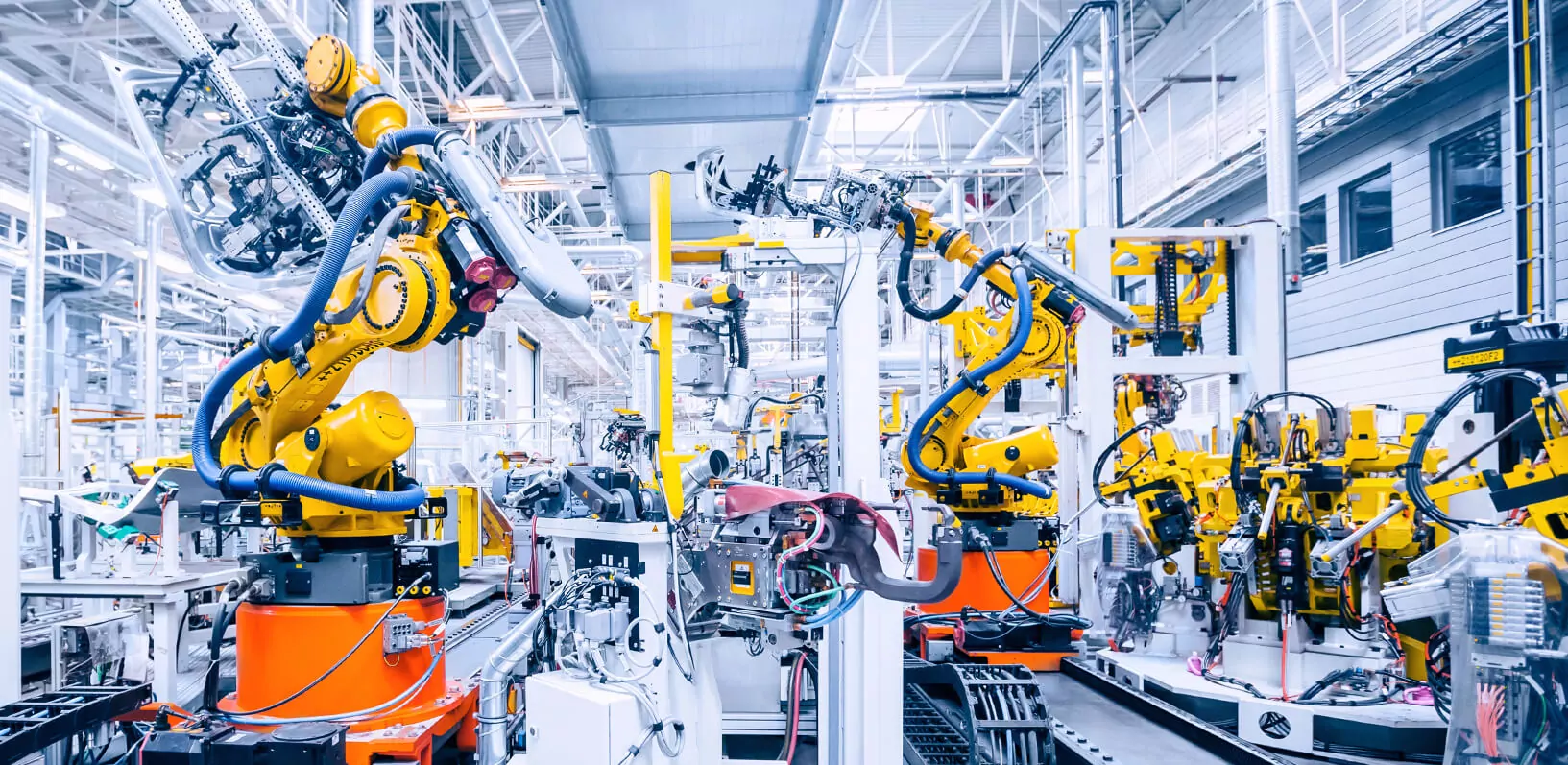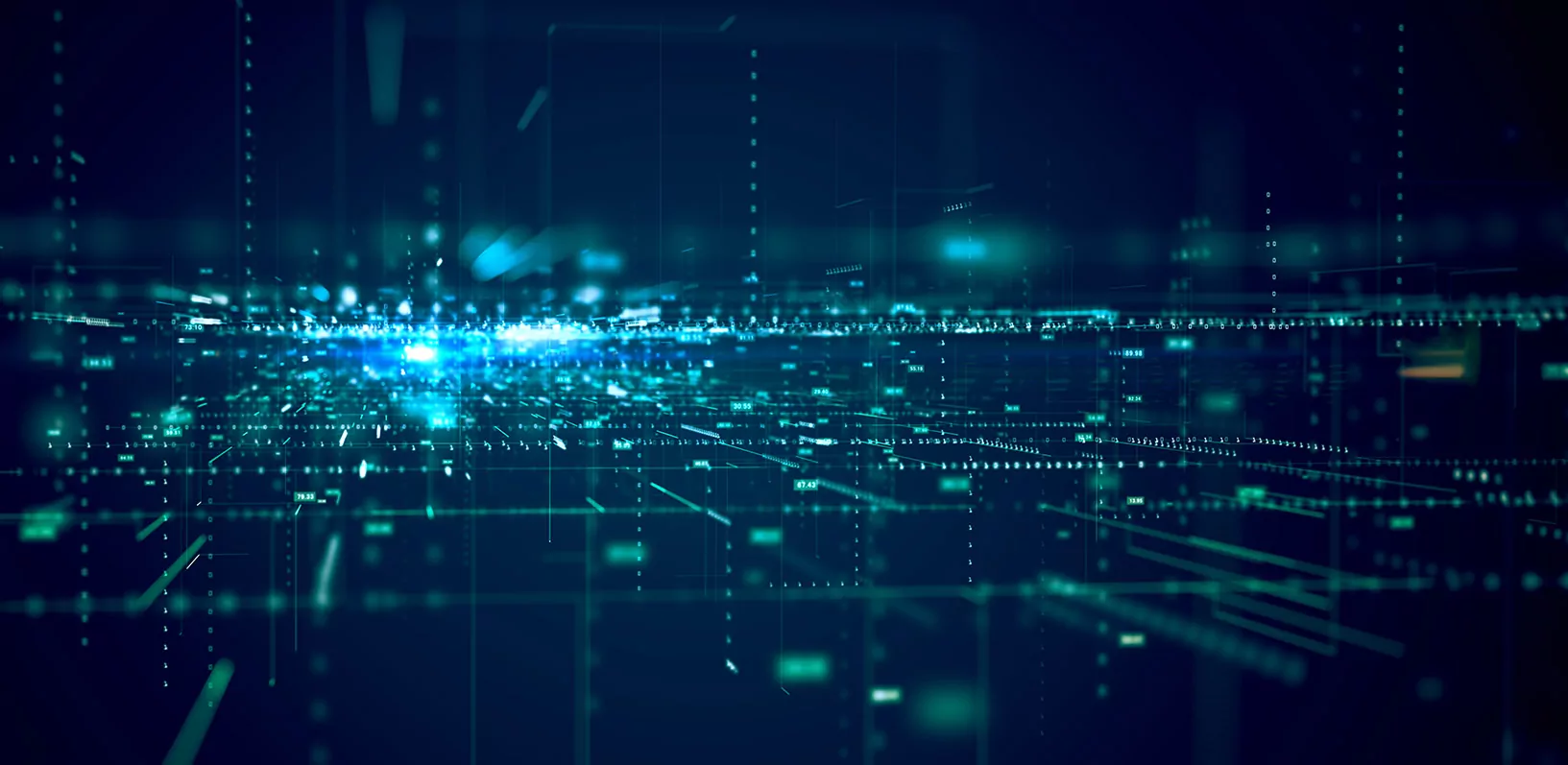Up on the shore, they work all day, sang Sebastian Crab in The Little Mermaid. But, fairytales aside, let’s dive deeper (pun intended) into artificial intelligence solutions working tirelessly 24/7 in supporting aquaculture monitoring and fish farm automation for more sustainable aquaculture.
Aquaculture and its challenges
Aquaculture refers to the process of cultivating and farming aquatic organisms, such as fish, mollusks, crustaceans, and aquatic plants, in controlled environments like tanks, ponds, or ocean enclosures. Also referred to as aquafarming and pisciculture, the process involves breeding, rearing, and harvesting these organisms for various purposes, including food production, conservation, and research. Aquaculture is vital in meeting the growing global demand for seafood, providing a sustainable alternative to wild-caught fisheries. Seafood cultivation encompasses various activities, from freshwater and marine fish farming to shellfish cultivation and seaweed farming. Through the careful management of water quality, nutrition, disease control, and environmental conditions, aquaculture aims to ensure the healthy growth and sustainable production of aquatic organisms, contributing to food security, economic development, and ecological conservation.
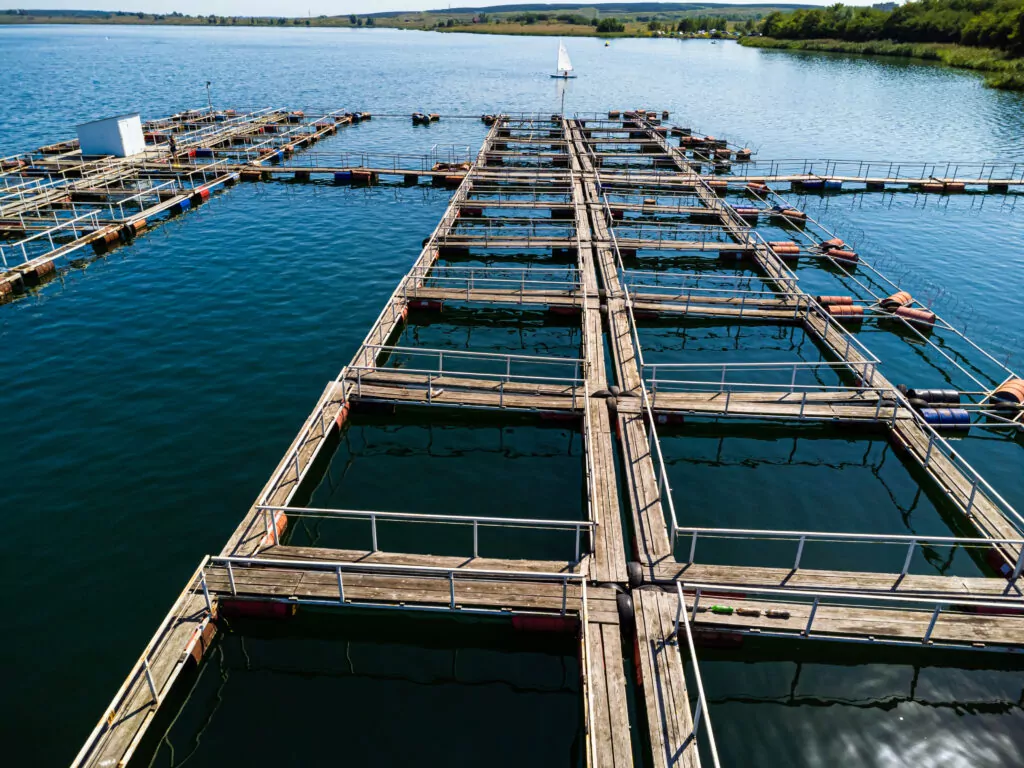
Controlled cultivation of aquatic organisms faces several challenges. Taking into account the characteristics of traditional farming and agriculture (with animals being often significantly smaller than good ol’ cows and pigs, and not to forget, submerged in water), aquaculture calls for different tools and techniques to ensure animal welfare and efficient outcomes.
For more context to how modern technology is capable of changing the face of aquaculture, agricultural communities began to domesticate plants and animals approximately 10,000 years ago. Since then, the process has become widespread across the globe. First records of aquaculture date back to 3500 BC China, when carp ponds on silk farms became a thing. A tad later, around 500 BC, Romans established oyster and fish farming in Mediterranean lagoons, and since then, the Old World continued to explore breeding aquatic animals with mixed results.
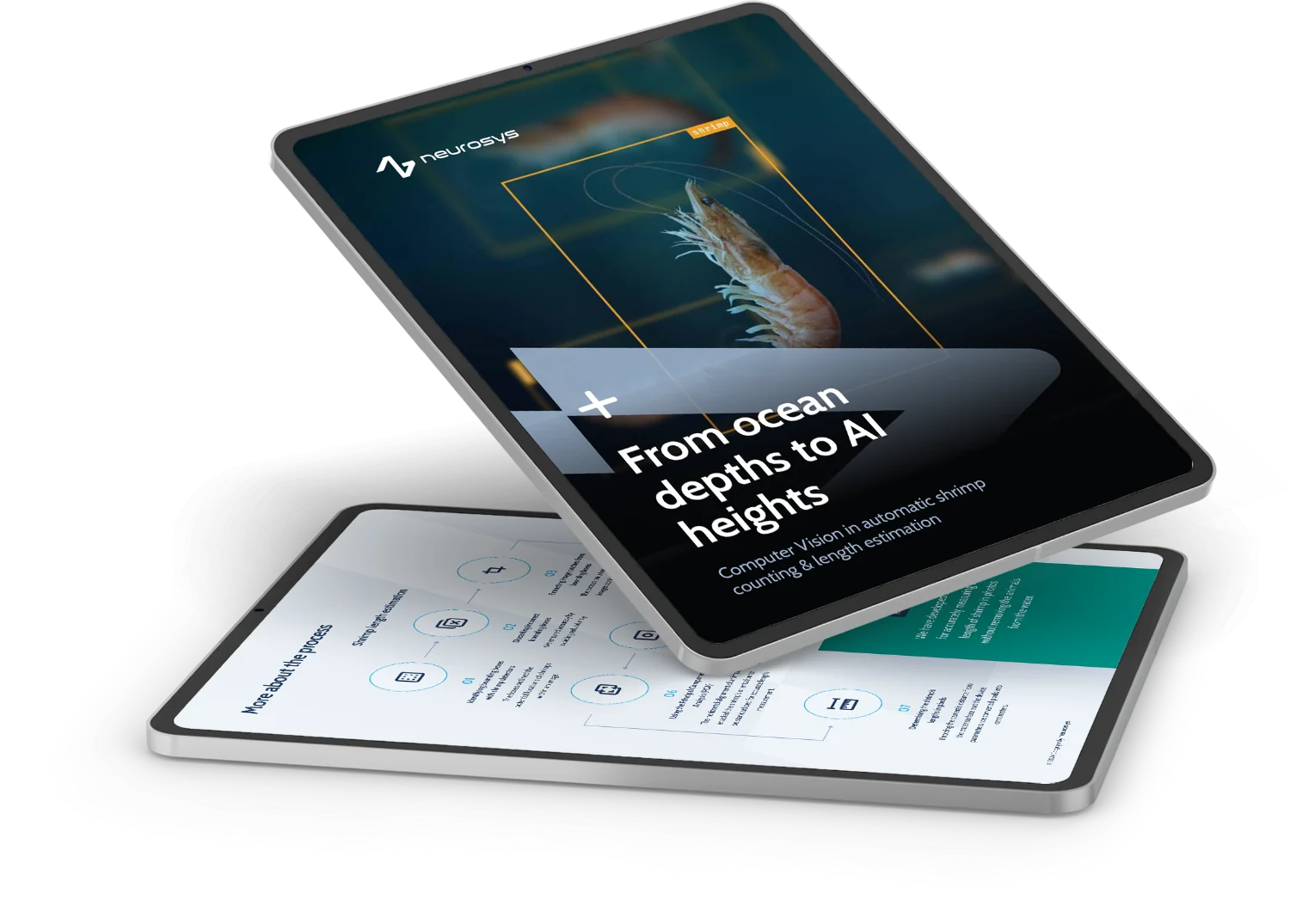
Obstacles in aquafarming
Aquaculture, coupled with the increasing demand for seafood, faces several challenges and obstacles for the industry.
Accurate estimation and biomass monitoring
Traditional manual methods of biomass measurement can be time-consuming, labor-intensive, and prone to human error. Implementing automation and artificial intelligence for biomass monitoring introduces new challenges. Developing reliable and accurate automated systems that can handle the diverse and dynamic nature of aquatic organisms may pose a technical hurdle. Ensuring precise data collection, real-time monitoring, and integration with other environmental parameters requires robust technological solutions. Addressing sensor accuracy, calibration, and data interpretation in complex aquatic environments is crucial to overcoming the challenges associated with automating biomass monitoring in aquaculture.
Environmental sustainability
Since it’s already the 21st century, reducing the negative environmental effects of farming is essential. For instance, relying on large-scale fish monitoring cages or excessive energy consumption by monitoring equipment can adversely affect water quality and the surrounding ecosystem. Balancing the benefits of automation, such as improved data accuracy and real-time monitoring, with sustainable practices is crucial, and optimizing the design and operation of automated biomass monitoring systems to minimize environmental footprint and energy consumption. Integrating AI algorithms to optimize feeding regimes, reduce feed waste, and enhance overall resource efficiency can also contribute to environmental sustainability in aquaculture.
Animal welfare
Ensuring animal welfare in aquaculture presents a significant challenge due to the complexity of aquatic environments and the diverse range of species involved. Unlike land-based farming, monitoring and managing the well-being of aquatic organisms is more challenging due to limited visibility (both due to specimen size and water clarity) and the inability to directly observe their behavior and physiological responses. Factors such as water quality, stocking density, nutrition, and disease management directly impact animal welfare but are often difficult to control effectively. Ongoing research and technological advancements are necessary to develop robust monitoring systems, improved husbandry practices, and innovative solutions prioritizing aquaculture species’ welfare. By doing so, the industry can not only ensure ethical and sustainable practices but also enhance the quality and health of farmed aquatic organisms, thereby meeting consumer expectations and maintaining the sector’s long-term viability.

Biomass monitoring
Biomass monitoring plays a pivotal role in aquaculture as it involves measuring and assessing the total weight or mass of fish populations within a farm. As such, the process provides crucial insights into fish populations’ overall health, growth, and productivity. Accurate measurements and biomass monitoring allow aquaculture operators to make informed decisions regarding feeding regimes, disease management, and stocking density. Monitoring is a fundamental tool for ensuring optimal conditions and maximizing production efficiency in aquaculture systems, enabling farmers to track the progress of their fish stocks, assess the effectiveness of management practices, and contribute to sustainable and responsible aquaculture practices.
Traditional biomass estimation methods in aquaculture have relied on labor-intensive and time-consuming practices such as manual weighing and sampling. These methods pose several limitations that hinder their effectiveness. Manual weighing and sampling only examine a faction of the fish/shrimp/clam population at a specific time, offering limited insights into growth patterns and behavior. In addition, these methods can be disruptive to animals, causing stress and potential harm during handling. Notably, the size and scale of commercial aquaculture operations make it challenging to obtain accurate and representative samples using traditional methods. The limitations of traditional biomass estimation methods reveal the need for more efficient and precise alternatives, such as AI-based technologies, which can overcome these challenges and provide real-time, individualized monitoring of aquatic organism populations in a non-intrusive manner.
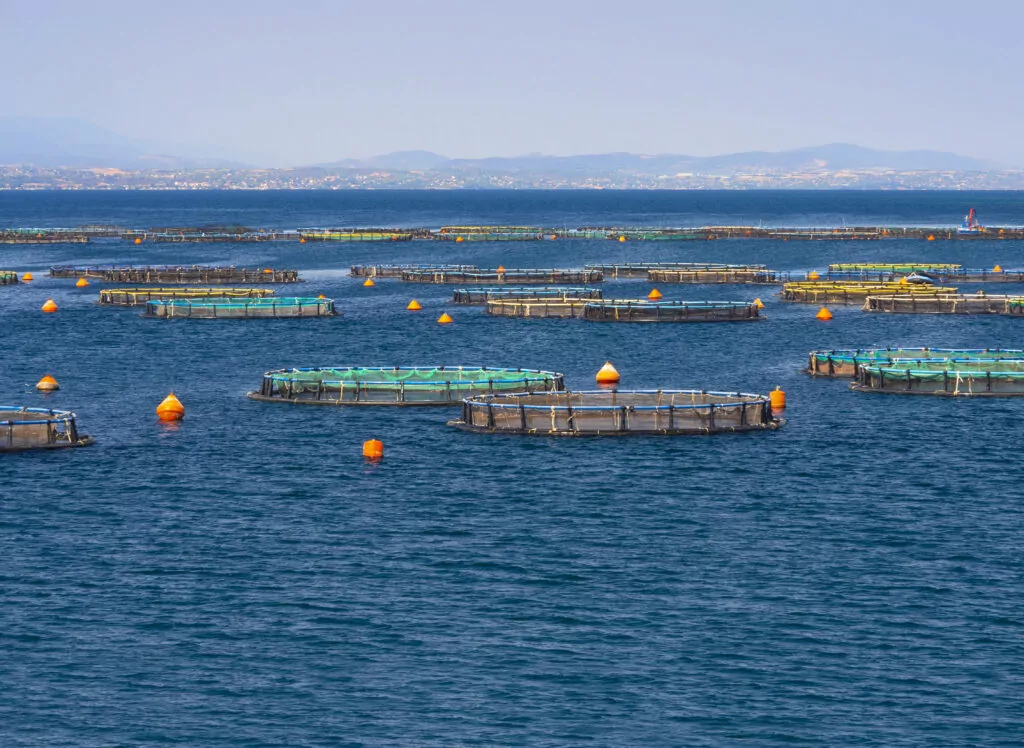
How can AI support aquaculture?
Artificial intelligence has the potential to revolutionize biomass estimation in aquaculture by providing accurate and real-time data analysis, enhancing efficiency, and optimizing production processes. AI algorithms can analyze various data sources, including water quality parameters, feeding patterns, and environmental conditions, to predict and estimate biomass growth in aquaculture settings. Tirelessly monitoring and processing this data, AI solutions can provide valuable insights into aquatic organisms’ health, growth rates, and feeding requirements. This information enables aquaculture operators to make data-driven decisions, optimize feed management, and ensure optimal conditions for growth. AI-driven biomass estimation not only improves accuracy but also reduces labor-intensive manual measurements and enhances the overall productivity and profitability of aquaculture operations. What is more, by freeing up the workforce from repetitive monitoring tasks, aquaculture operators can allocate their time and expertise to other critical aspects of fish farming, such as disease management, water quality control, and farm optimization.
AI facilitates the automation of biomass monitoring in aquaculture, integrating computer vision and image analysis technologies, automatically counting and measuring the size of aquatic organisms, eliminating the need for manual assessment. AI-powered solutions can analyze images or videos captured in aquaculture facilities and accurately identify and track individual organisms, providing real-time data on biomass distribution and growth patterns. This organizational change saves time and labor improves accuracy and reduces human error. Not to forget that AI algorithms can learn and adapt over time, continuously improving performance and enhancing the precision of biomass estimation. Leveraging AI technology arms aquaculture operators with a future-proof tool to streamline and optimize biomass estimation processes, allowing for improved productivity, better resource management, and increased profitability in the industry.
The future of AI in aquaculture
AI has already demonstrated its transformative potential in biomass monitoring within aquaculture through various practical applications. To predict biomass growth and health status, machine learning algorithms can be trained to analyze sensor data, including water quality parameters, feeding patterns, and environmental conditions.
The growing adoption of AI-based monitoring systems allows aquaculture operators to receive real-time notifications and alerts, enabling rapid addressing of any anomalies or issues that may arise. Moreover, AI-powered image analysis and computer vision techniques enable automated fish counting and size estimation, significantly streamlining and accelerating the traditionally time-consuming and error-prone manual measurements.
Artificial intelligence solutions not only enhance efficiency and accuracy but also provide valuable data insights that contribute to more informed decision-making and improved overall management of aquaculture operations. The application of AI in biomass monitoring is poised to revolutionize the aquaculture industry, driving sustainable growth and facilitating the production of high-quality seafood to meet the demands of a growing population.
AI is a tool offering previously unknown opportunities to aquaculture entities, identifying patterns, overseeing processes, and analyzing data for invaluable insights enabling informed decisions and, as a result, animal welfare, sustainability, and satisfying results delivered to stakeholders.
Want to learn more about the benefits of AI adoption in aquaculture operations? Read further to see how algorithm-based solutions can be trained to automate biomass monitoring for sustainability, improved efficiency, animal welfare, and the highest end-customer satisfaction.
Sources:
